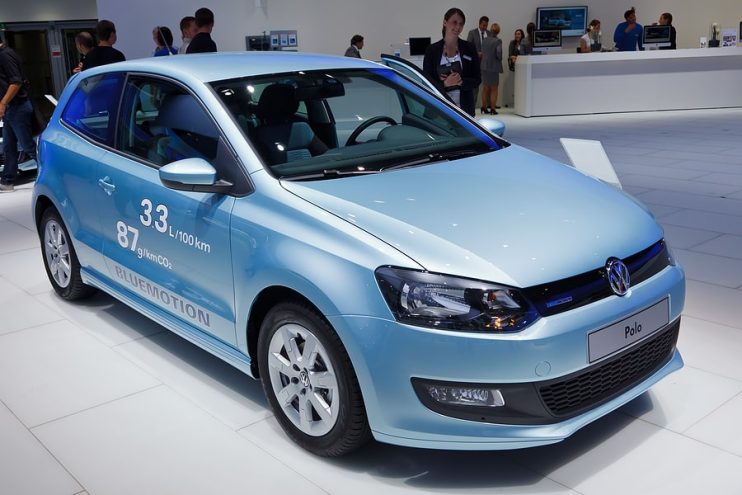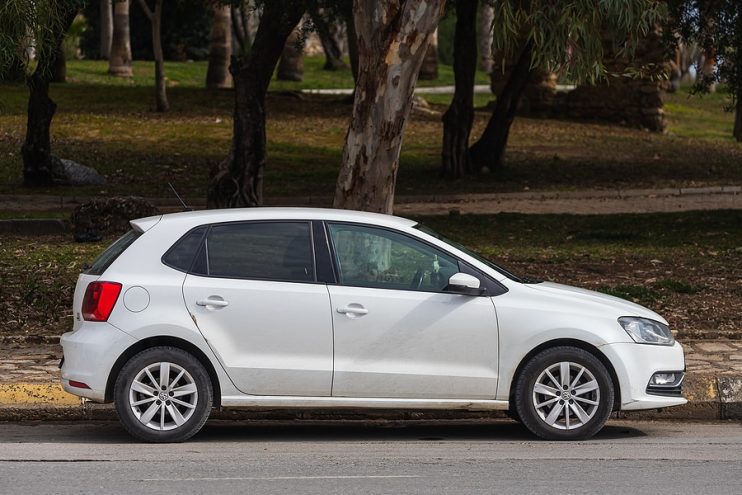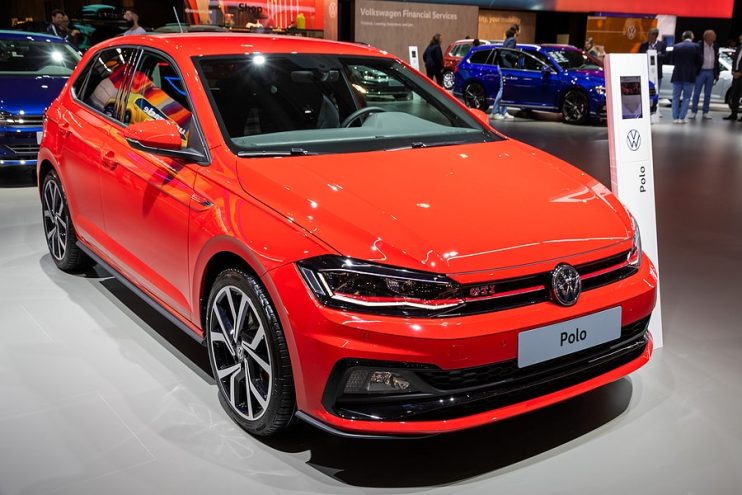
Volkswagen is without question one of Europe’s most iconic car brands. Classic car aficionados love the Beetle. The Golf still has a ton of boy racer appeal. But when you truly want the sweet spot between manoeuvrability, price and power, it’s hard to deny the Polo a place on the podium. It’s been on our streets since 1975 and has gone through 6 iterations – so expect to find a ton of different options when scouting around the second hand markets for a car.
Of course, even though the Polo is characterised by its trademark Germanic engineering, it is anything but immune to faults. In this article we explore some of the more common problems with the VW Polo and take a deeper dive into how seriously you need to take each one. Can the issue be simply fixed with VW Polo parts or is it reason enough to drop out of the purchase?
Table of Contents:
Common Faults with the VW Polo
Electric Windows
Over time the windows in the Polo are known to become lodged in the channels, requiring the electric motors to generate excessive power to push through the inertia. This problem is most apparent in the Highline and Highline Plus trim models, with debris becoming lodged within the window channels that impede movement.
Over time this excessive power consumption can put a strain on the motors and cause them to burn out prematurely. It’s an easy enough situation to diagnose, and if you catch it in the early stages, there’s a chance you can resolve it by lubricating the runners.
Over time this issue can result in several problems, including the buttons or the motor failing and requiring replacement.
Rear Seatbelts
Was your potential Polo purchase manufactured between 2017 and 2018? There’s a fault that can cause a potential danger in the rear of the car. If you have a passenger in the middle and must change lane at high speed, the movement of them shifting weight could cause the left hand side seat belt lock to unbuckle. A difficult one to check, but your local VW dealer should be able to confirm whether a spacer has been fitted to resolve the issue.
Fuel System Problems
Everyone loves a turbo charged motor. And the TDI and TSI engine variants available on the Polo do truly lift the performance of this small car. However, both are known in the motor trade to suffer from faults and leaks. Thinking of buying one of these models? We’d advise you to take along someone with a lot of mechanical nous to make sure the car isn’t a bad buy.

Fuel Leaks
Much less conspicuous than a full turbo Polo is the 1.2L diesel. Models manufactured between 2010 and 2014 are known to suffer from a crack in the fuel filter that caused a serious fuel leak. Fortunately, if you have the vehicle’s registration number then all it takes is a simple call to your local dealer to check the appropriate work has been completed.
Windscreen Washer Issues
There is a well-known fault with the Polo’s windscreen washer. When behind the wheel, during a test drive, give the washers a quick squirt. If the jets fail to produce any fluid, the most likely culprit is a split washer jet pipe. Whilst this part is covered by warranties, it is not too expensive to replace with new or used VW polo parts.
Airbag
Some Polos manufactured in between Feb 2014 and Aug 2014 may have a fault where a bad signal from the accelerator sensor may potentially trigger the deployment of the airbag at the incorrect time, for instance when you’re out on the road.
Another issue affects Polos manufactured between August and October 2020, where the airbag may have issues functioning in the cold, becoming detached from its seating which could potentially break car windows on deployment.
Finally, airbag troubles also surfaced in 2007 Polos. Exposure over time to heat and humidity sometimes causes the airbag to malfunction and overinflate on deployment, potentially splitting the edges of the airbag, which could release metal components and injure the passenger.
Make sure you do the appropriate groundwork and check in with a dealer to ensure any potential purchase is not affected with this issue.
Rough Idling or Poor Running
Issues with the coil pack in a VW Polo may result in poor running or rough idling. Other tell-tale signs of this problem include misfires, hard starting, the EMU lamp illuminating on the dashboard, and loss of power when out on the road. It could be down to an oil leak in the spark plug well, in which case cleaning the part may restore its proper function, otherwise you’re looking at a replacement.

Timing Chain
How many miles does the Polo have under its belt? At around 60K miles the timing belt in the Polo is known to become vulnerable and can suffer from failures. The service history should inform you of whether the appropriate replacement has been made. If this is not present then check the mileometer and if the car has an excess of 60K miles on the clock then look out for the obvious timing chain problems – such as rattling, the engine shutting down unexpectedly or the check engine light illuminating. In such situations you’re always best to walk away.
A Final Word – VW Polo Reliability
If you’re not familiar with the VW Polo you may be somewhat surprised to find that it regularly finishes in the final third of the list when judged on reliability against its rivals – such as the Seat Ibiza, Ford Fiesta, Skoda Fabia. It’s not so much an unreliable car, rather a reasonably reliable vehicle that sits in a class that is characterised by some super reliable and outstanding vehicles.
It should be noted that new VW Polos come with a 60K, 3 year warranty which is transferred to the new owner, if sold within this period, and the car received a 5 star Euro NCAP rating for safety in 2009. It’s a well-built vehicle, but as you have probably gathered from this article, there have been several recalls – so check the reg on this government site to check any necessary work has been completed.





.png)